No matter when a loved one passes away, it is always too soon. Creating an uplifting video like we do here at Your Story Here Video Memorials is essential to celebrate a life well lived.
The center piece of most video is going to be photos. But there is so much more that can be included! That is the importance of professional video editing like we do here, as opposed to using forms or templates. Because here at Your Story Here, we aim to tell the story of the life as best we can in time we have and given the resources available.
When selecting photos for the memorial video, prioritize images that showcase the deceased's hobbies, passions, and zest for life. Include smiling portraits that capture their vibrant personality and love for adventure. Highlight moments of joy and laughter, celebrating the cherished memories they created with family and friends. And don't just include people! Four legged and other pets often become part of our family and if they are then they should also be included.
The center piece of most video is going to be photos. But there is so much more that can be included! That is the importance of professional video editing like we do here, as opposed to using forms or templates. Because here at Your Story Here, we aim to tell the story of the life as best we can in time we have and given the resources available.
When selecting photos for the memorial video, prioritize images that showcase the deceased's hobbies, passions, and zest for life. Include smiling portraits that capture their vibrant personality and love for adventure. Highlight moments of joy and laughter, celebrating the cherished memories they created with family and friends. And don't just include people! Four legged and other pets often become part of our family and if they are then they should also be included.
We also encourage folks to incorporate quotations that resonate with the theme of celebrating life. A poignant reminder from Dr. Seuss encapsulates this sentiment: "Don't cry because it's over, smile because it happened." Encourage loved ones to reflect on the happiness and love shared with the departed, finding solace in cherished memories. Sometimes we include words or wishes that have been shared with the family on the loved one's passing - they may have been shared in cards or email or even on social media.
Also we sometimes include cards, letters, birth certificates or other personal documents, baby books and any other artifact that helps tell the person's story.
We also like to include video - either old family movies or more recent cell phone videos. The video memorial should be a heartfelt tribute, with family and friends sharing favorite memories about the deceased. Include footage of the departed engaging in activities they loved, whether it's dancing, gardening, or spending time with loved ones. These moments of genuine connection and joy serve as a beautiful tribute to their life and legacy.
Death is a natural part of life, but celebrating a life well-lived is a powerful way to honor the memory of a loved one. By choosing uplifting music, happy photos, meaningful quotations, and heartfelt anecdotes, we can create a video memorial that captures the essence of their spirit and the love they shared with those around them. Through celebration, we find healing and solace, keeping their memory alive in our hearts forever.
To get started on a video memorial or tribute video, such as a birthday celebration, contact us here. You may also view some samples here.
Also we sometimes include cards, letters, birth certificates or other personal documents, baby books and any other artifact that helps tell the person's story.
We also like to include video - either old family movies or more recent cell phone videos. The video memorial should be a heartfelt tribute, with family and friends sharing favorite memories about the deceased. Include footage of the departed engaging in activities they loved, whether it's dancing, gardening, or spending time with loved ones. These moments of genuine connection and joy serve as a beautiful tribute to their life and legacy.
Death is a natural part of life, but celebrating a life well-lived is a powerful way to honor the memory of a loved one. By choosing uplifting music, happy photos, meaningful quotations, and heartfelt anecdotes, we can create a video memorial that captures the essence of their spirit and the love they shared with those around them. Through celebration, we find healing and solace, keeping their memory alive in our hearts forever.
To get started on a video memorial or tribute video, such as a birthday celebration, contact us here. You may also view some samples here.
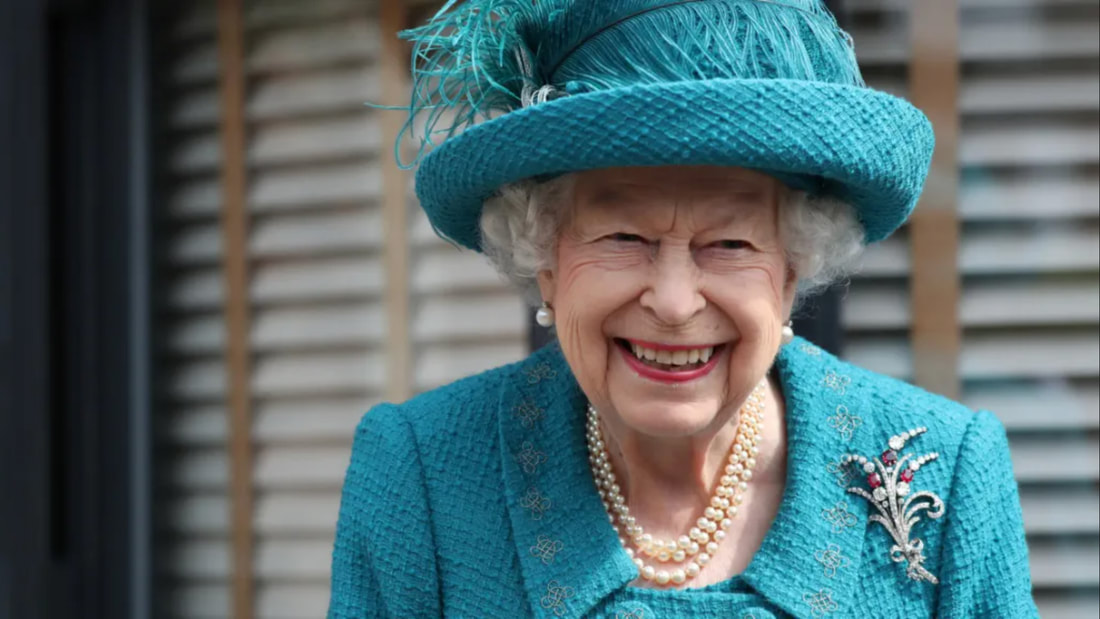
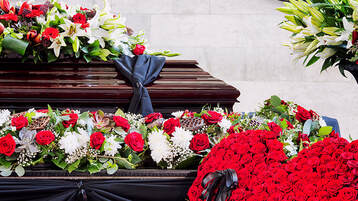

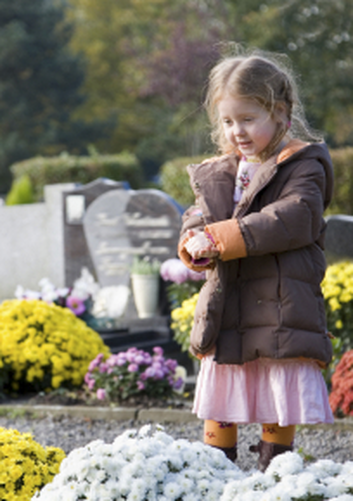
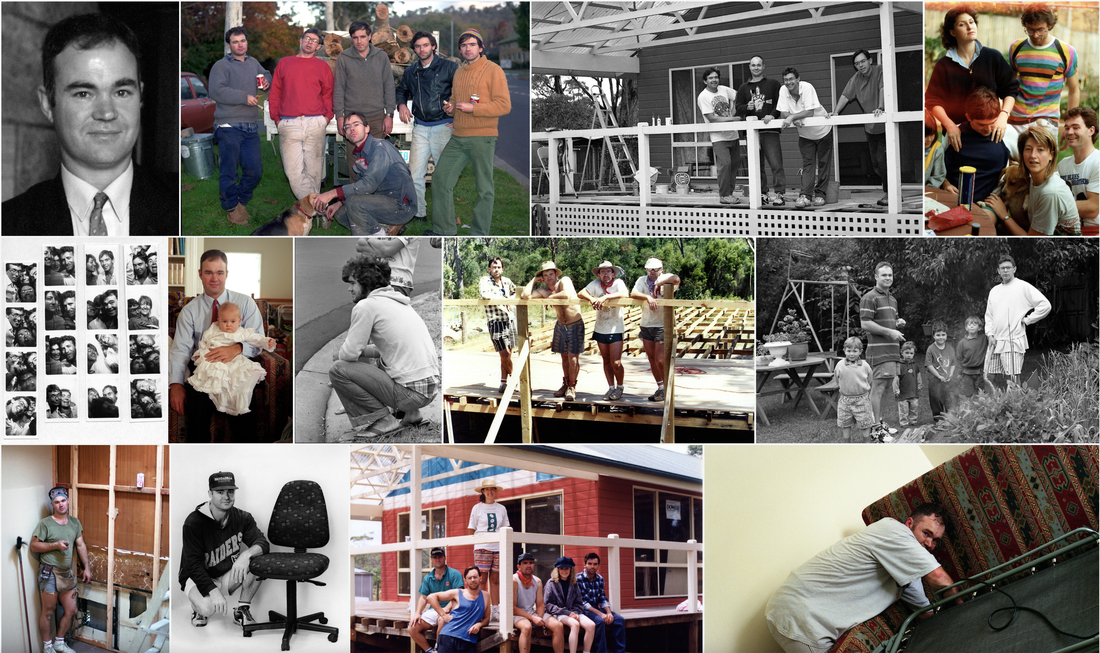


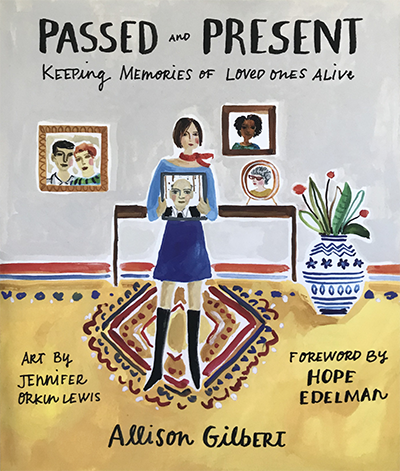
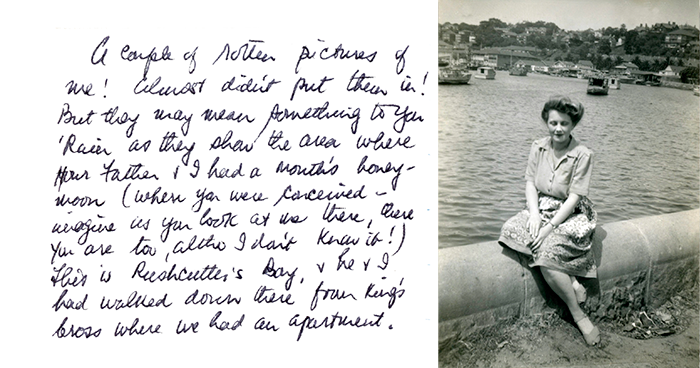
 RSS Feed
RSS Feed
